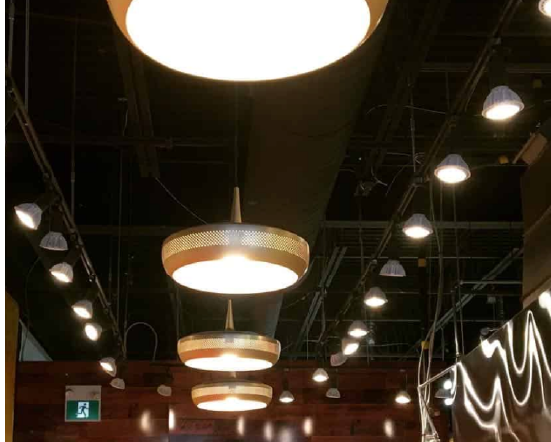Optimizing office lighting is crucial for enhancing employee productivity and health. Ergonomic lighting choices can significantly impact comfort, reduce fatigue, and promote overall well-being in the workplace.
Enhancing Productivity
Proper lighting can boost overall workplace productivity.
When employees are provided with adequate lighting that reduces glare and shadows, their focus and efficiency improve. Studies have shown that well-lit environments can increase attention span and task performance. This translates into fewer mistakes and a higher quality of work. Furthermore, ergonomic lighting can help mitigate the effects of eye strain, allowing workers to maintain their productivity for longer periods. In industries that require precision and detail, such as design and engineering, the importance of effective lighting cannot be overstated.
Reducing Health Issues
Ergonomic lighting helps lower the risk of health problems.
Inadequate lighting can lead to various health complaints, including headaches and eye discomfort. By ensuring proper illumination levels, workplaces can minimize these issues, creating a more comfortable environment. Additionally, well-designed lighting can help regulate circadian rhythms, improving sleep quality and reducing fatigue. Healthier employees are more engaged and less likely to take sick days. Thus, investing in ergonomic lighting can contribute to overall workplace health and satisfaction.
Creating a Positive Work Environment
Good lighting can enhance the overall office atmosphere.
Bright, evenly distributed light creates an inviting and warm environment, which can significantly uplift employee morale. A positive ambiance encourages collaboration and teamwork, leading to better communication among staff. Moreover, personalizing light settings according to preferences can promote individual comfort, making employees feel valued. In turn, this nurturing environment can foster creativity and innovation within the workforce. The link between lighting and mood should not be overlooked in the quest for a productive workplace.
Facilitating Better Concentration
Ergonomic lighting contributes to improved concentration.
Task-oriented lighting that focuses on specific areas can help employees concentrate on their work. By directing light where its needed most, distractions are minimized, allowing for an immersive work experience. Specific tasks, such as reading or using computers, often require different lighting setups to optimize focus. This considerations can ensure that employees remain engaged without the mental fatigue caused by poor lighting conditions. Consequently, employees can achieve a higher level of output and creativity.
Supporting Remote Work
Adjustable lighting is essential for remote work environments.
As remote work becomes more common, the need for versatile lighting solutions increases. Employees working from home need to replicate the ergonomic advantages they experienced in the office. Adjustable task lighting allows them to create an ideal workspace that suits their specific needs and preferences. Additionally, using various light temperatures can help improve alertness and comfort, aligning with different tasks throughout the day. By supporting workers in remote settings, companies can maintain productivity and morale.
Incorporating Natural Light
Natural light is a critical component of ergonomic office design.
Studies show that exposure to natural light boosts mood, energy levels, and overall productivity. Incorporating windows and skylights into office design allows employees to benefit from sunlight. Furthermore, natural light can help regulate circadian rhythms, improving focus and energy levels throughout the day. Workspaces that maximize natural light often report lower rates of absenteeism and higher employee satisfaction. Therefore, understanding the importance of daylight in office environments is paramount for comprehensive ergonomic solutions.
Cost-Effectiveness of Ergonomic Lighting
Investing in ergonomic lighting can lead to long-term cost savings.
While the initial investment in high-quality ergonomic lighting may seem significant, the long-term savings can be substantial. Reduced health issues mean fewer healthcare costs and lower absenteeism rates. Enhanced productivity directly translates into improved profits. Additionally, advancements in lighting technology, such as LED options, offer energy efficiency, further cutting utility costs. Thus, companies that prioritize ergonomic lighting not only demonstrate a commitment to employee well-being but also smart financial planning.
Overall, ergonomic office lighting is essential for fostering a productive, healthy, and enjoyable work environment. Companies that understand and implement these principles position themselves as leaders in employee well-being and performance.

